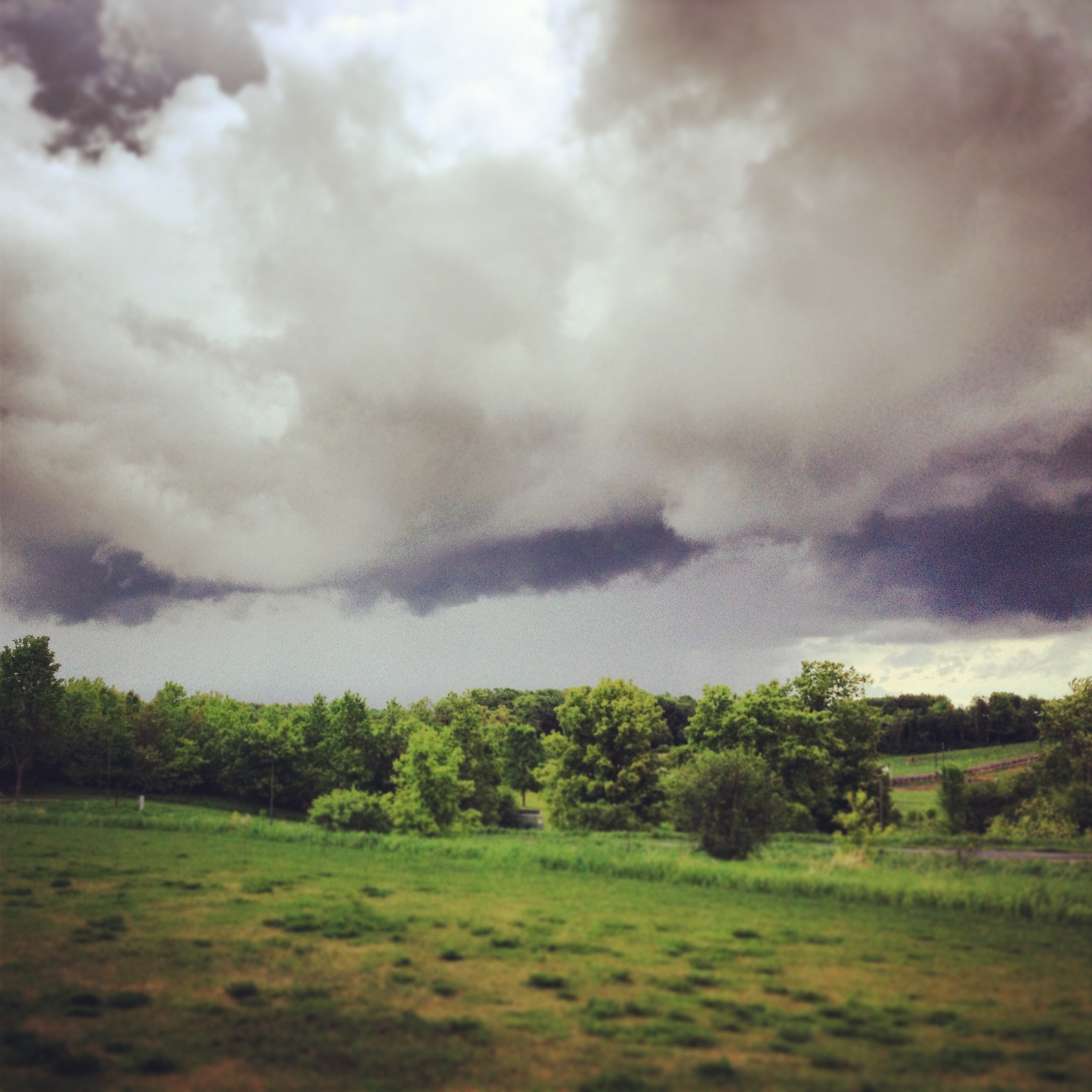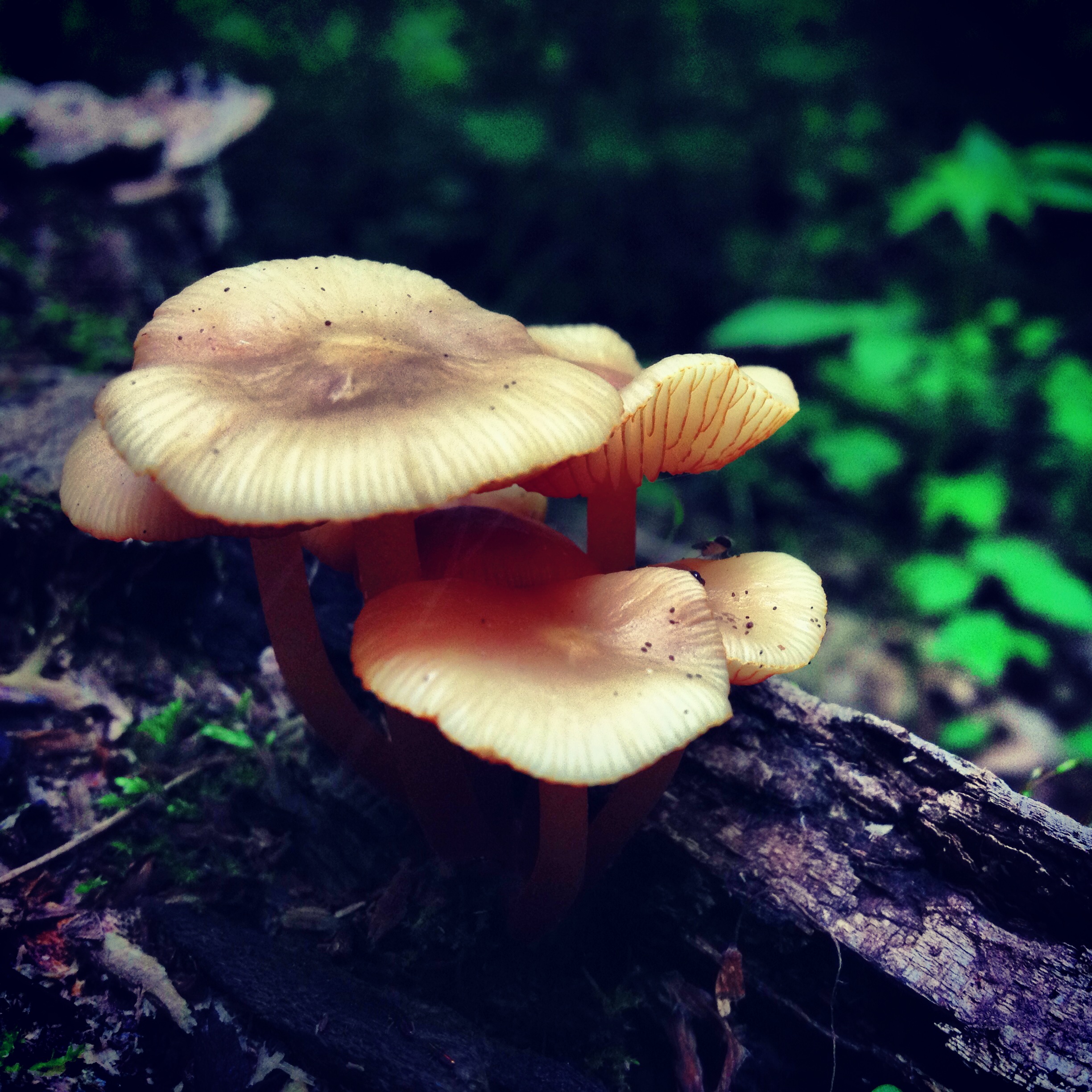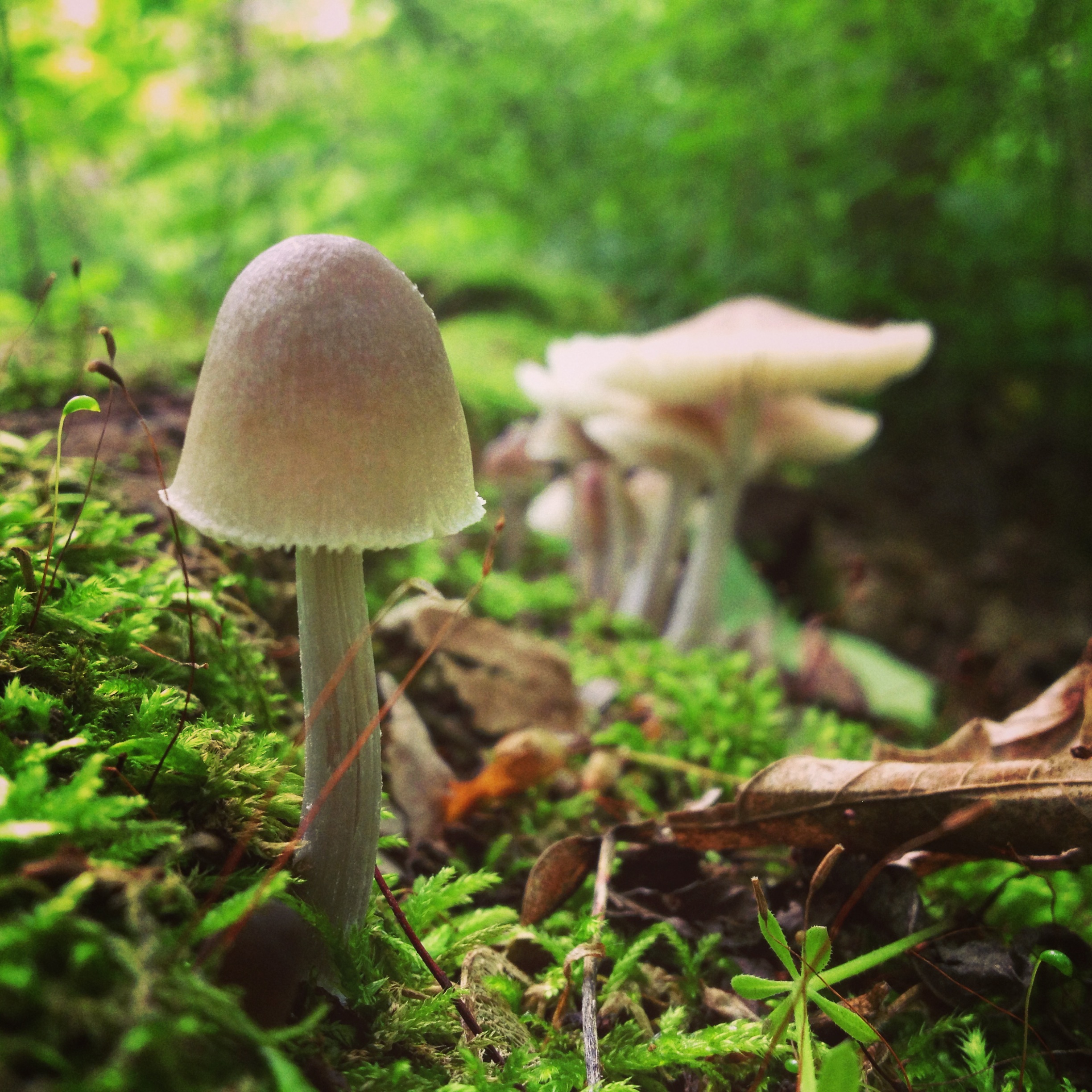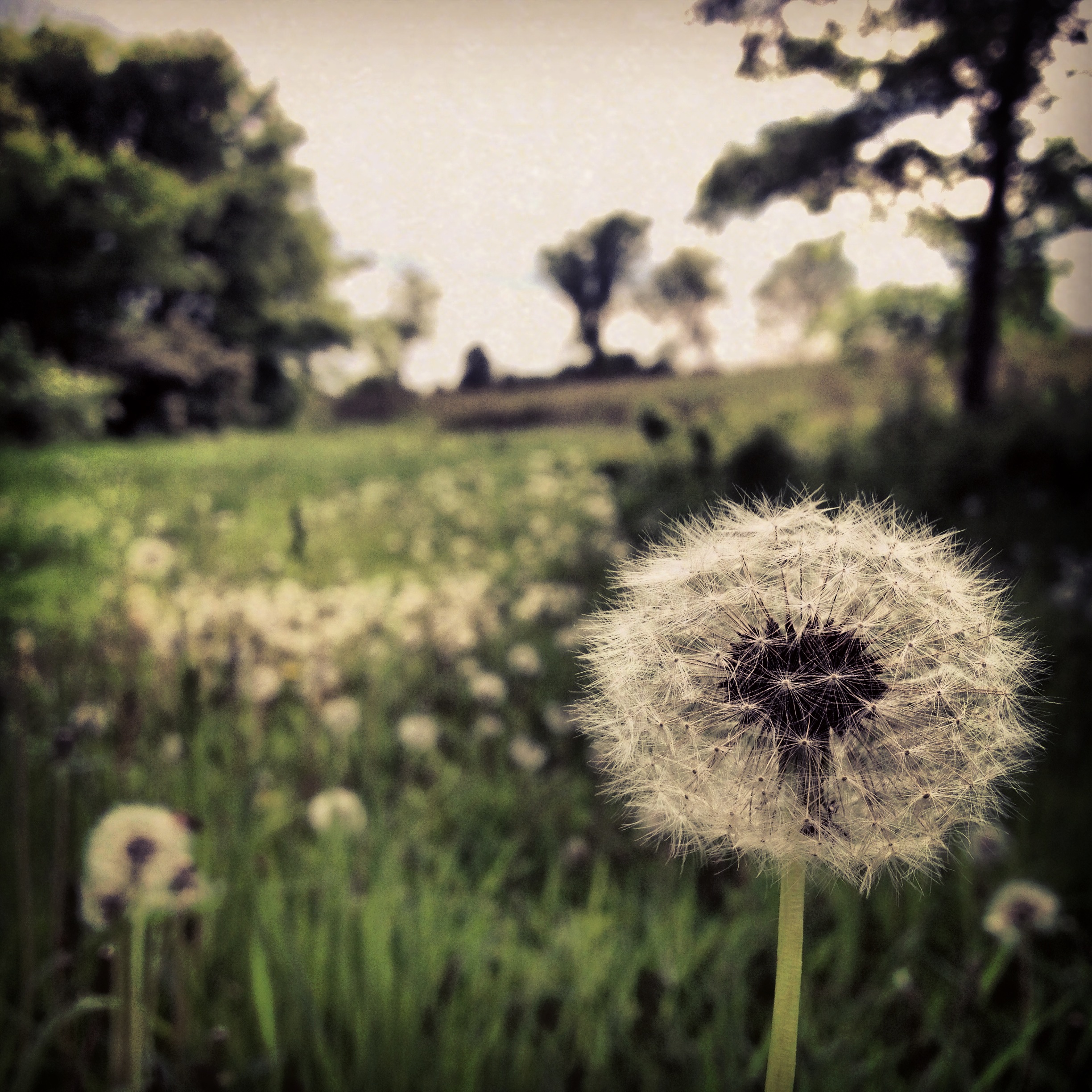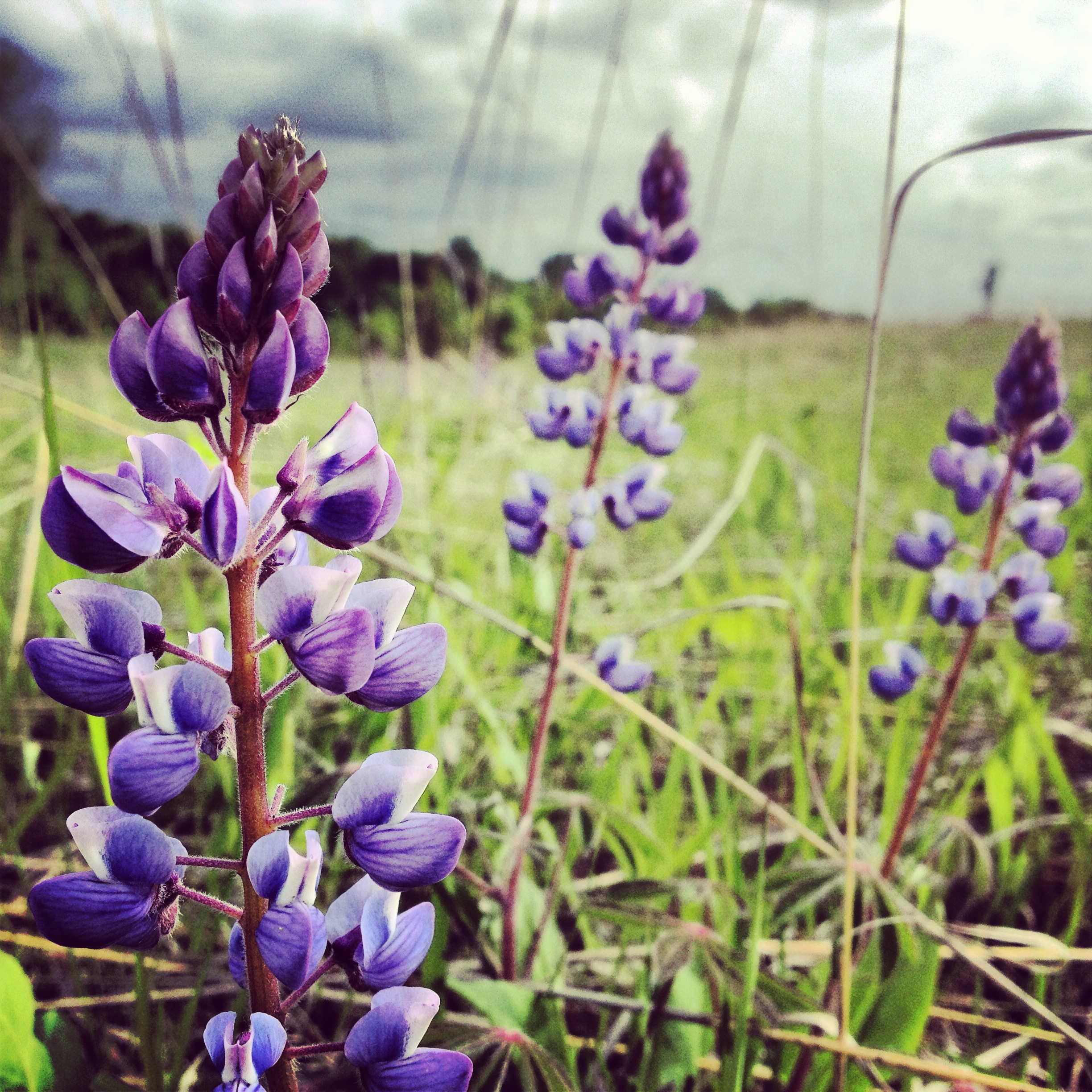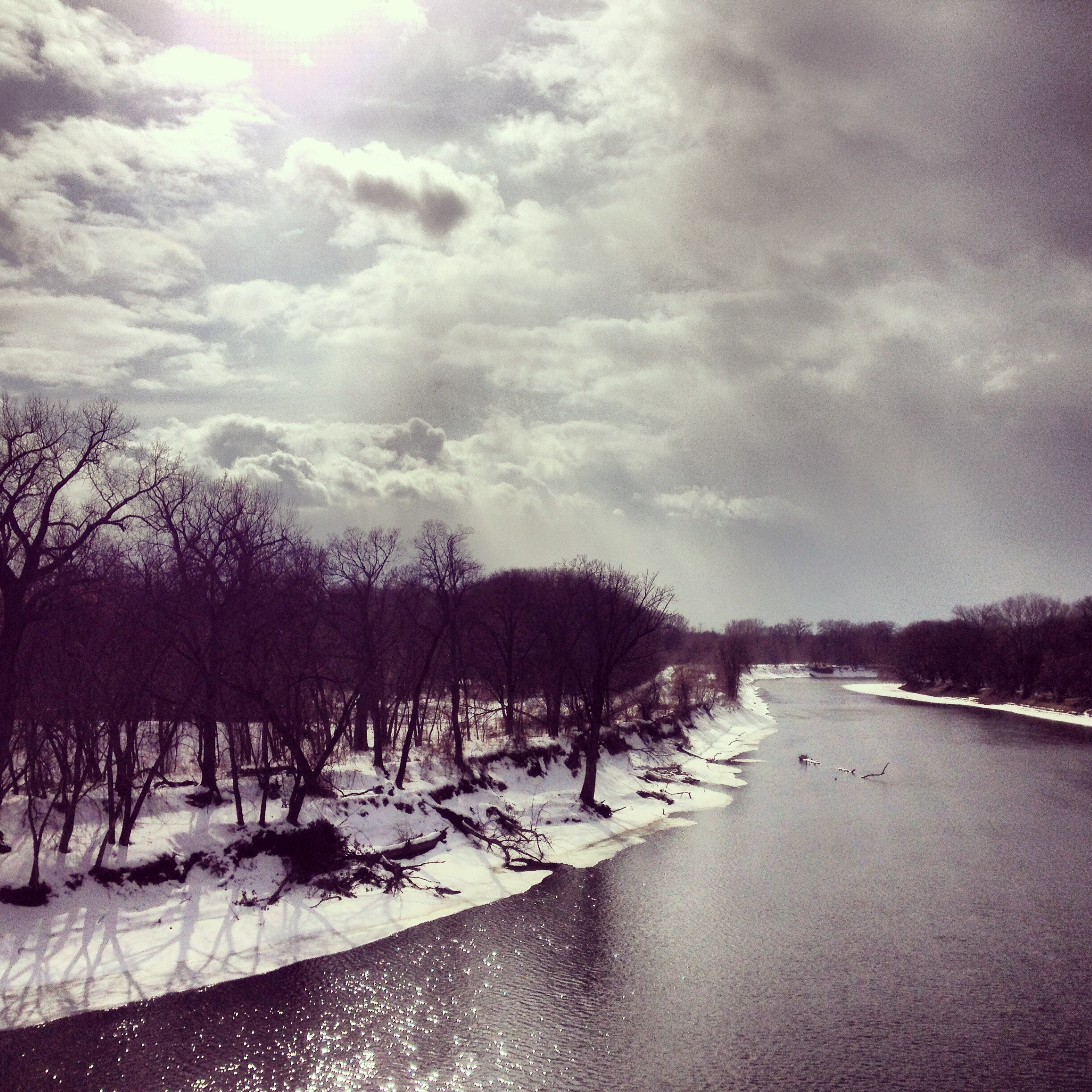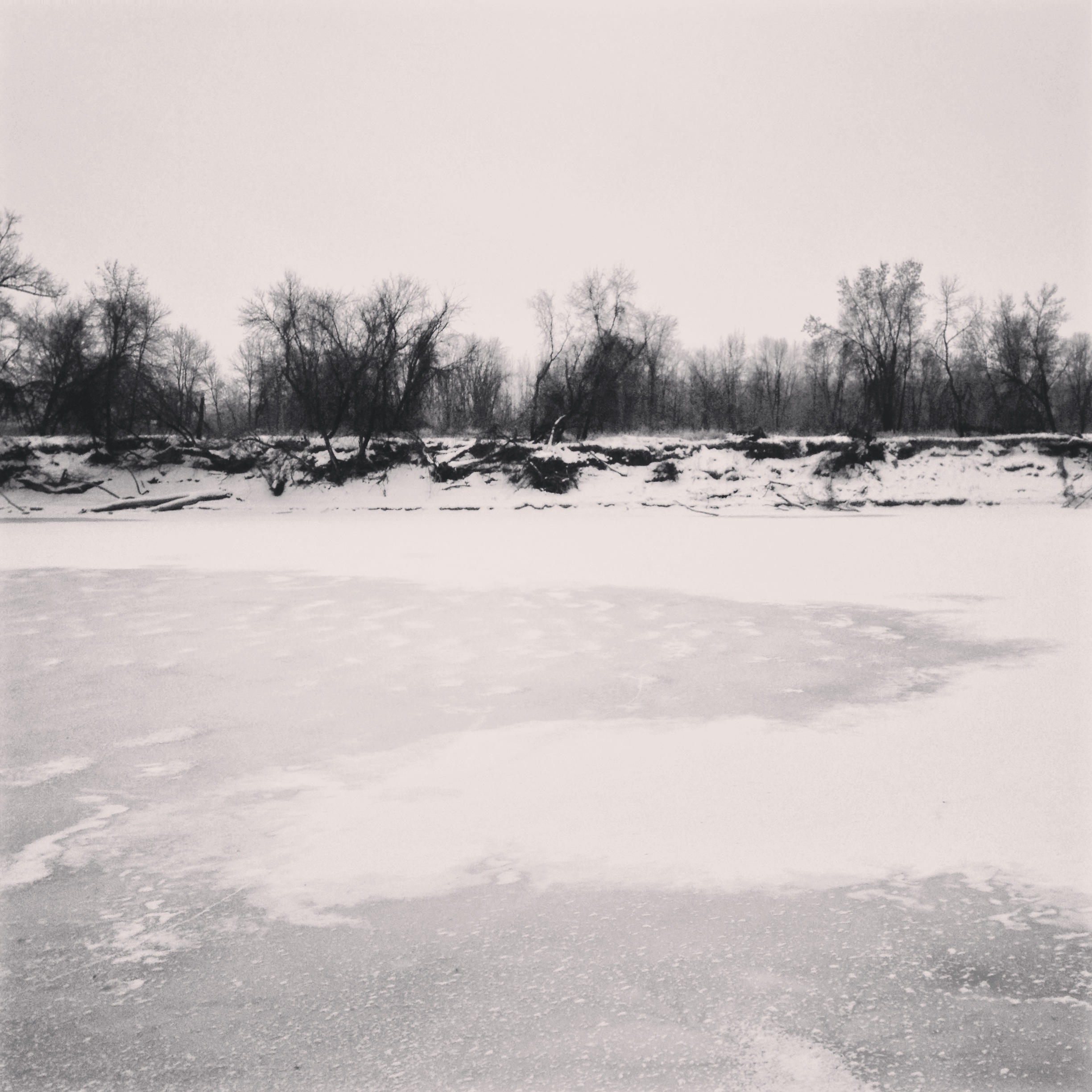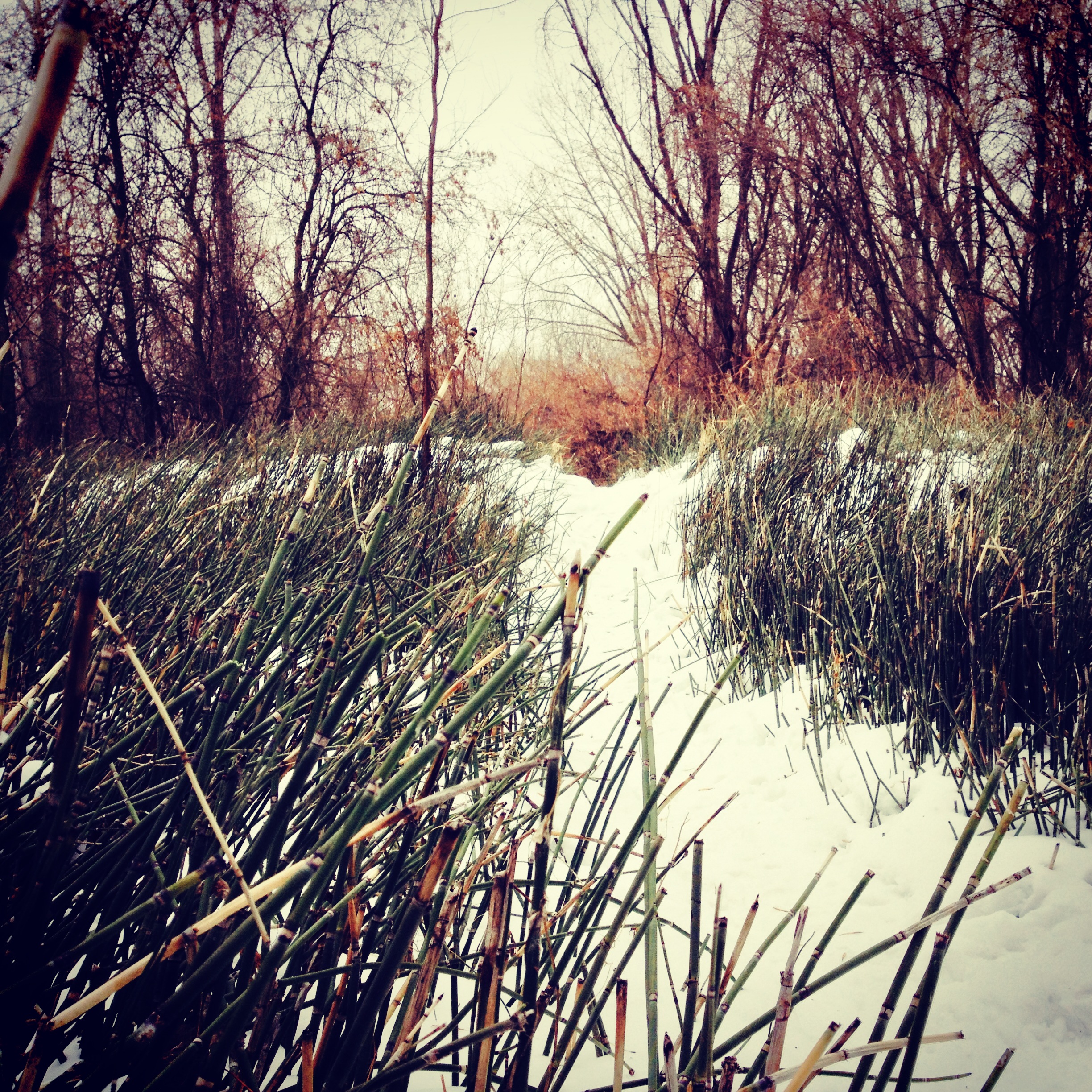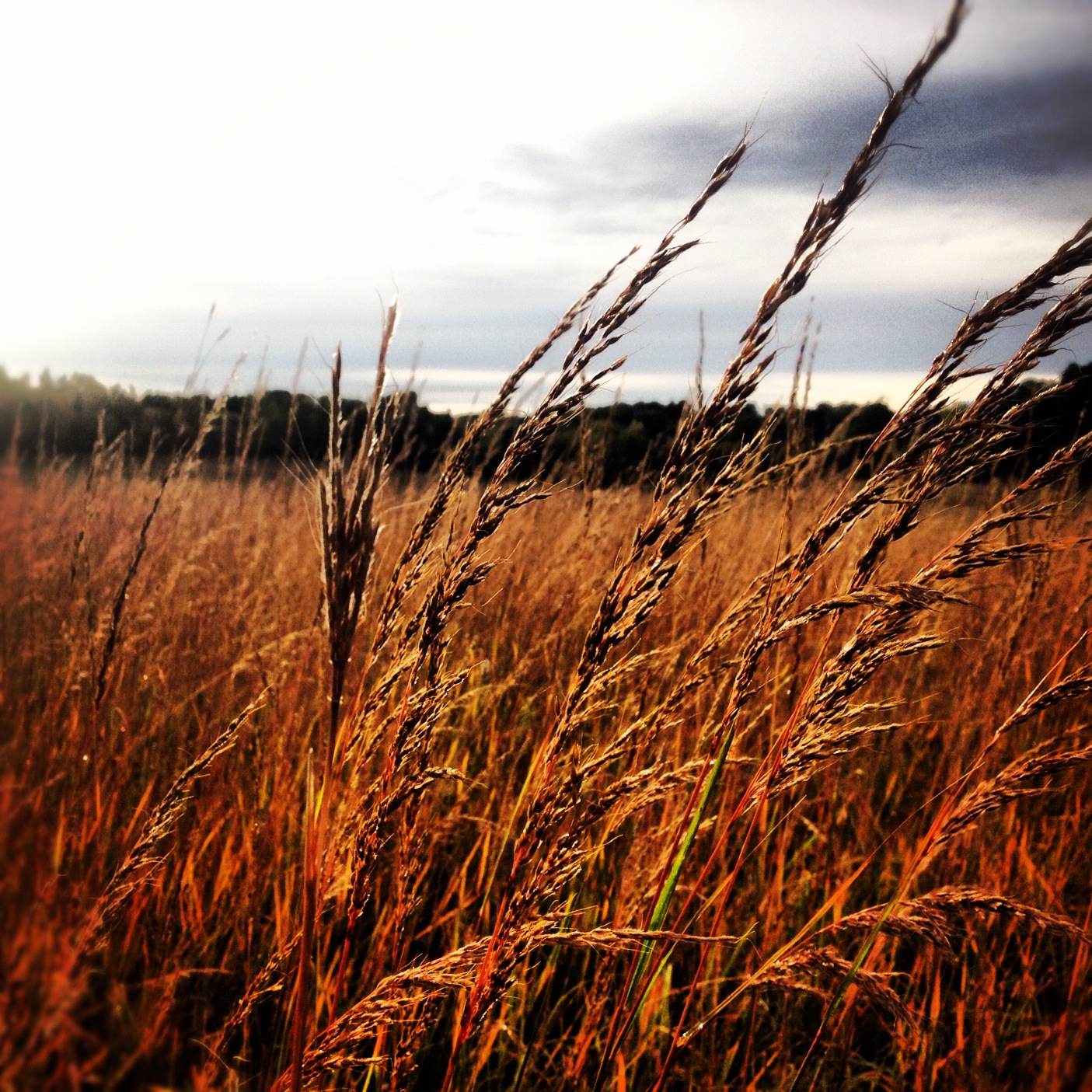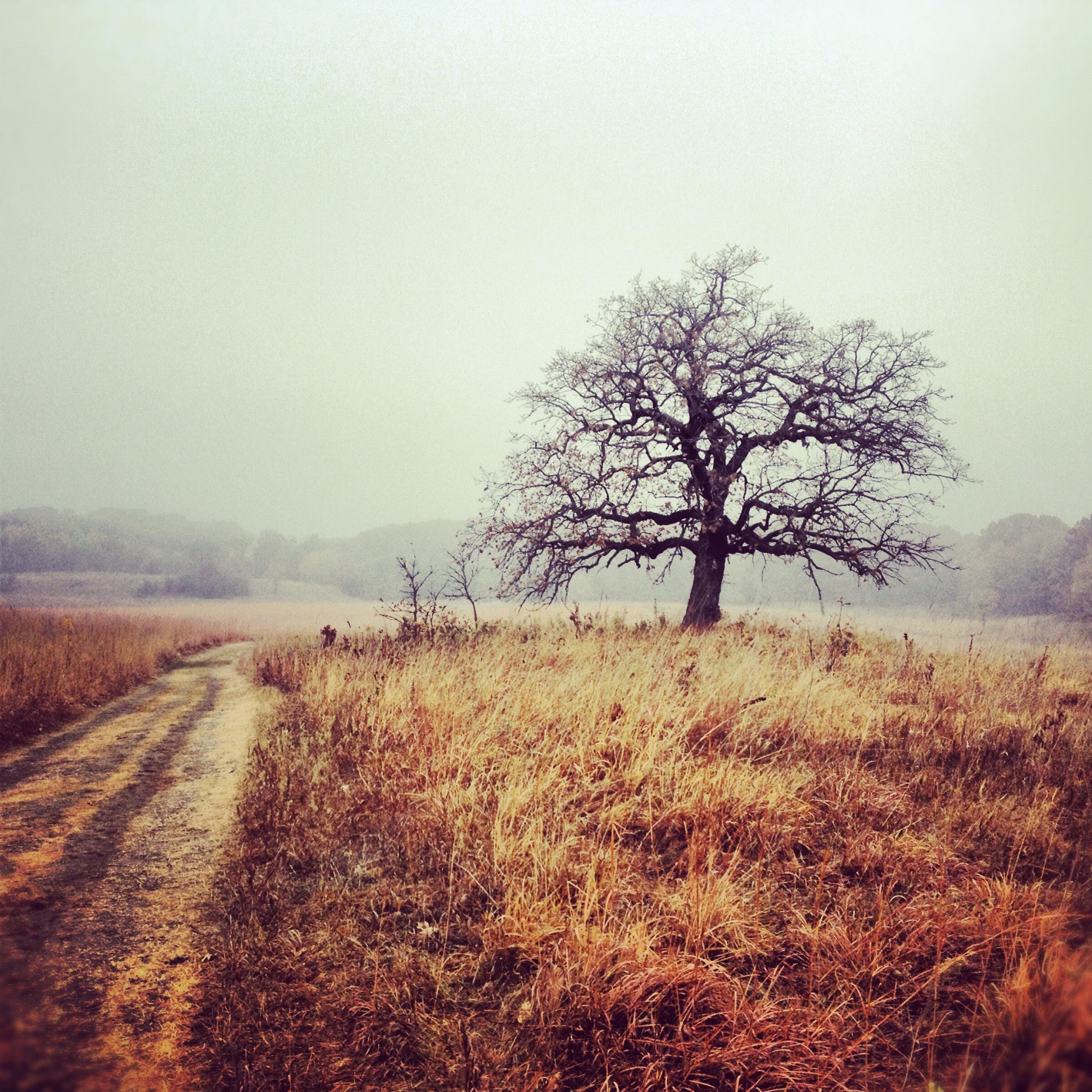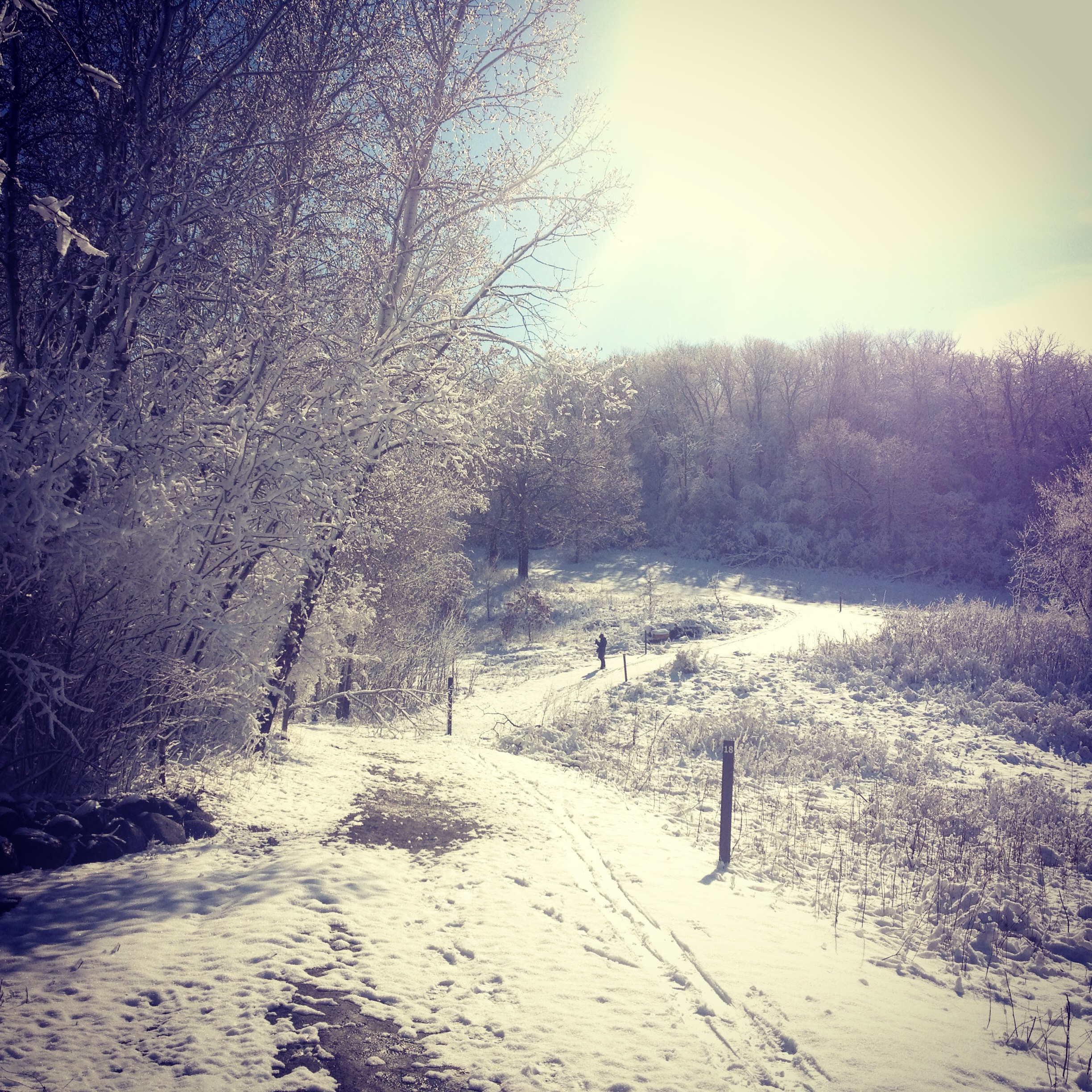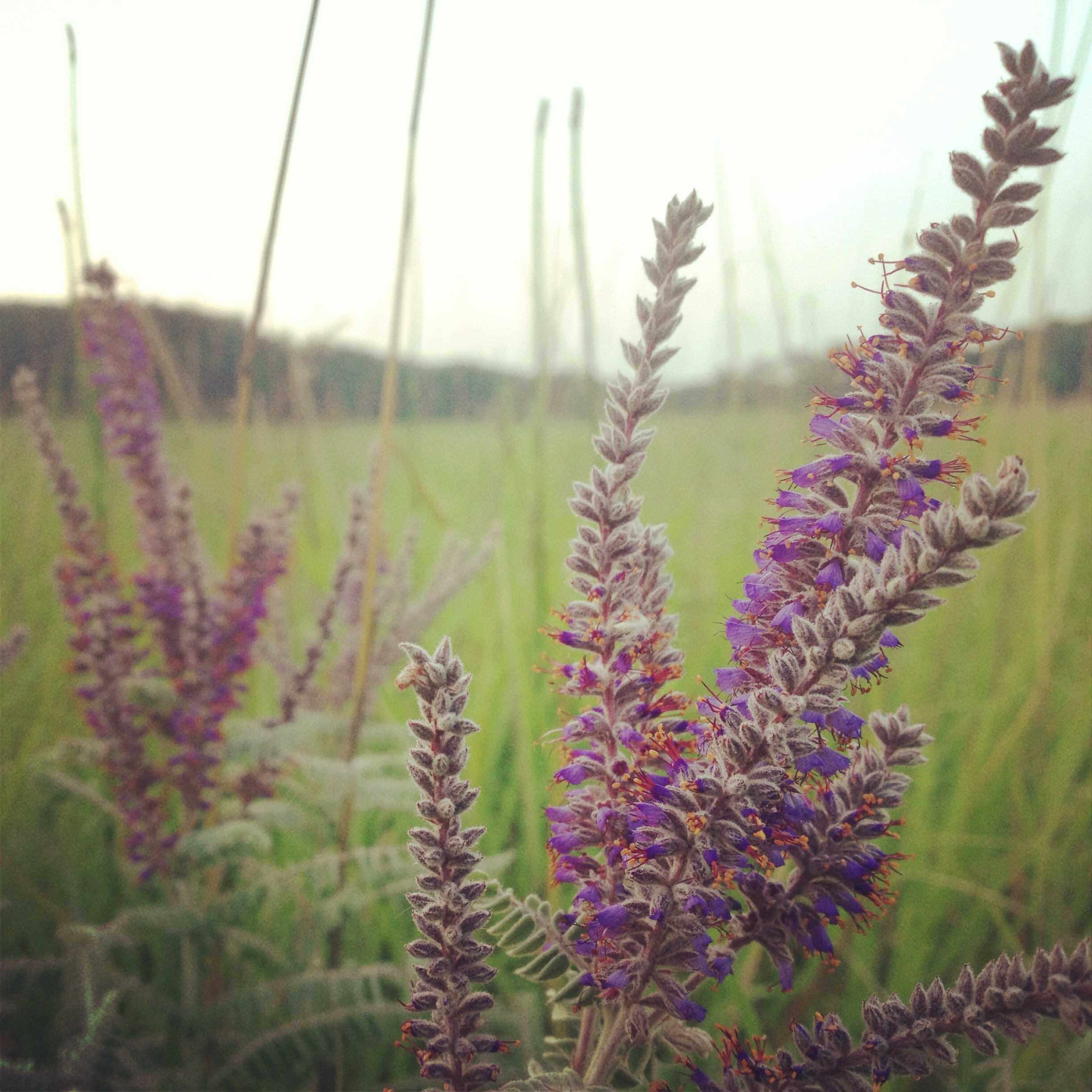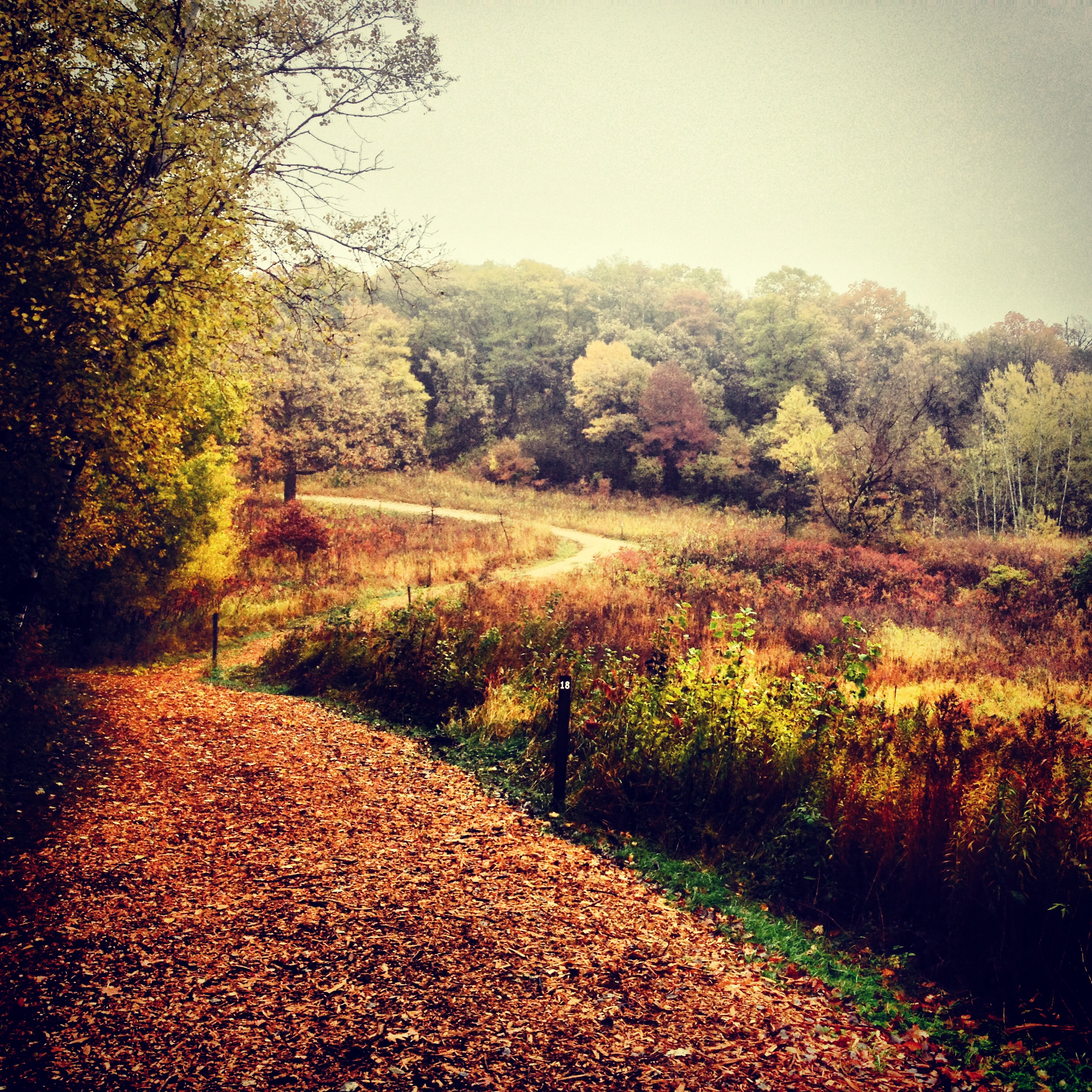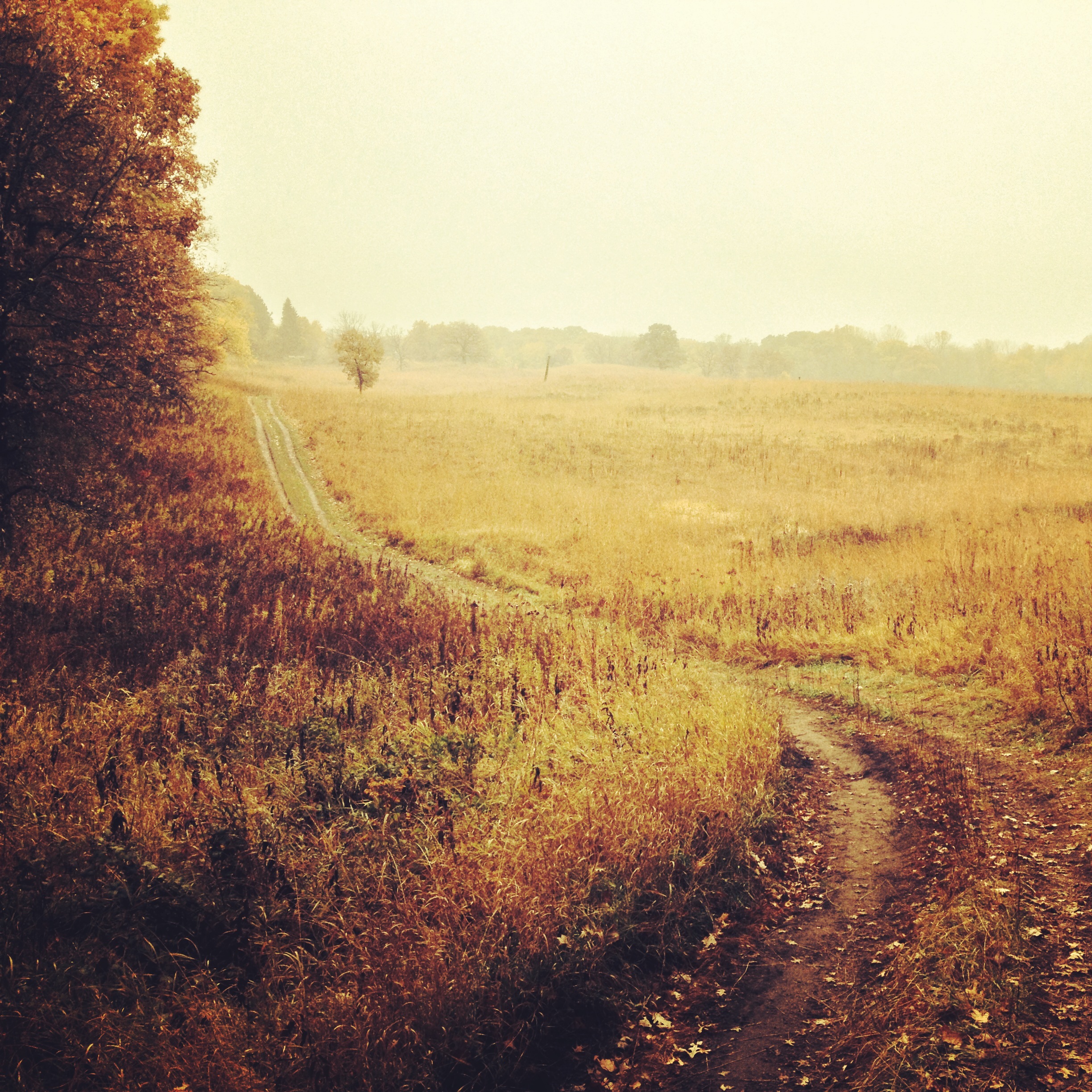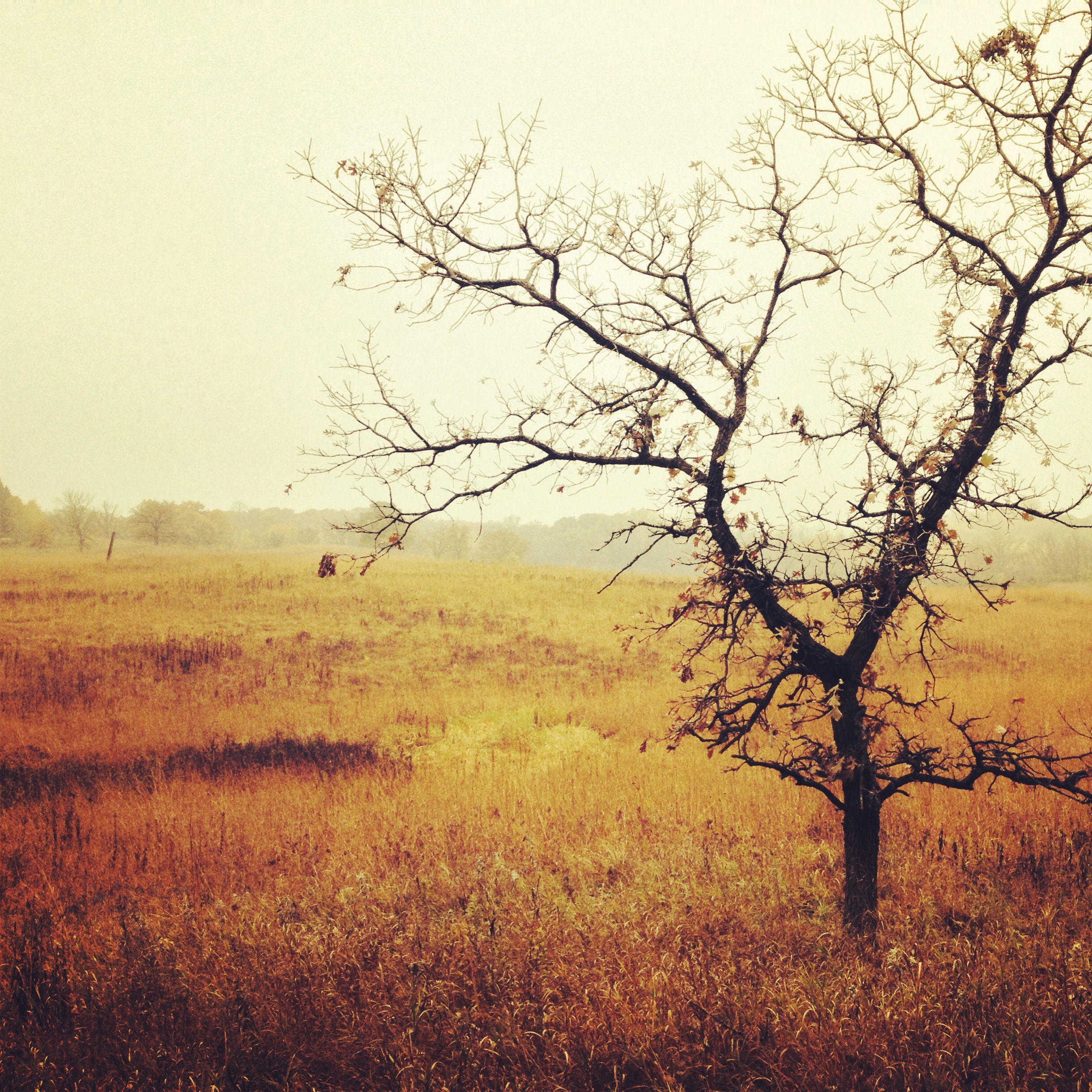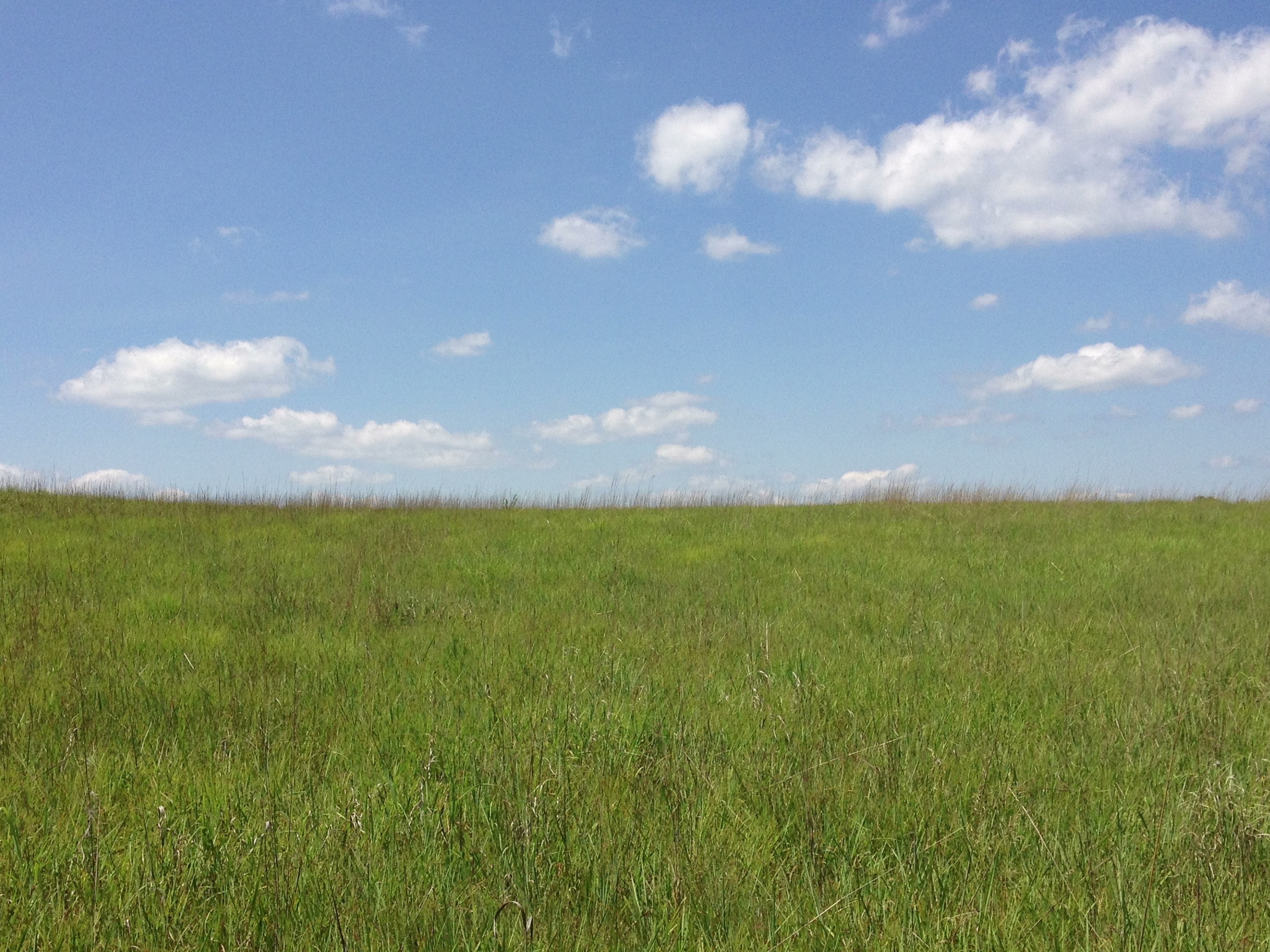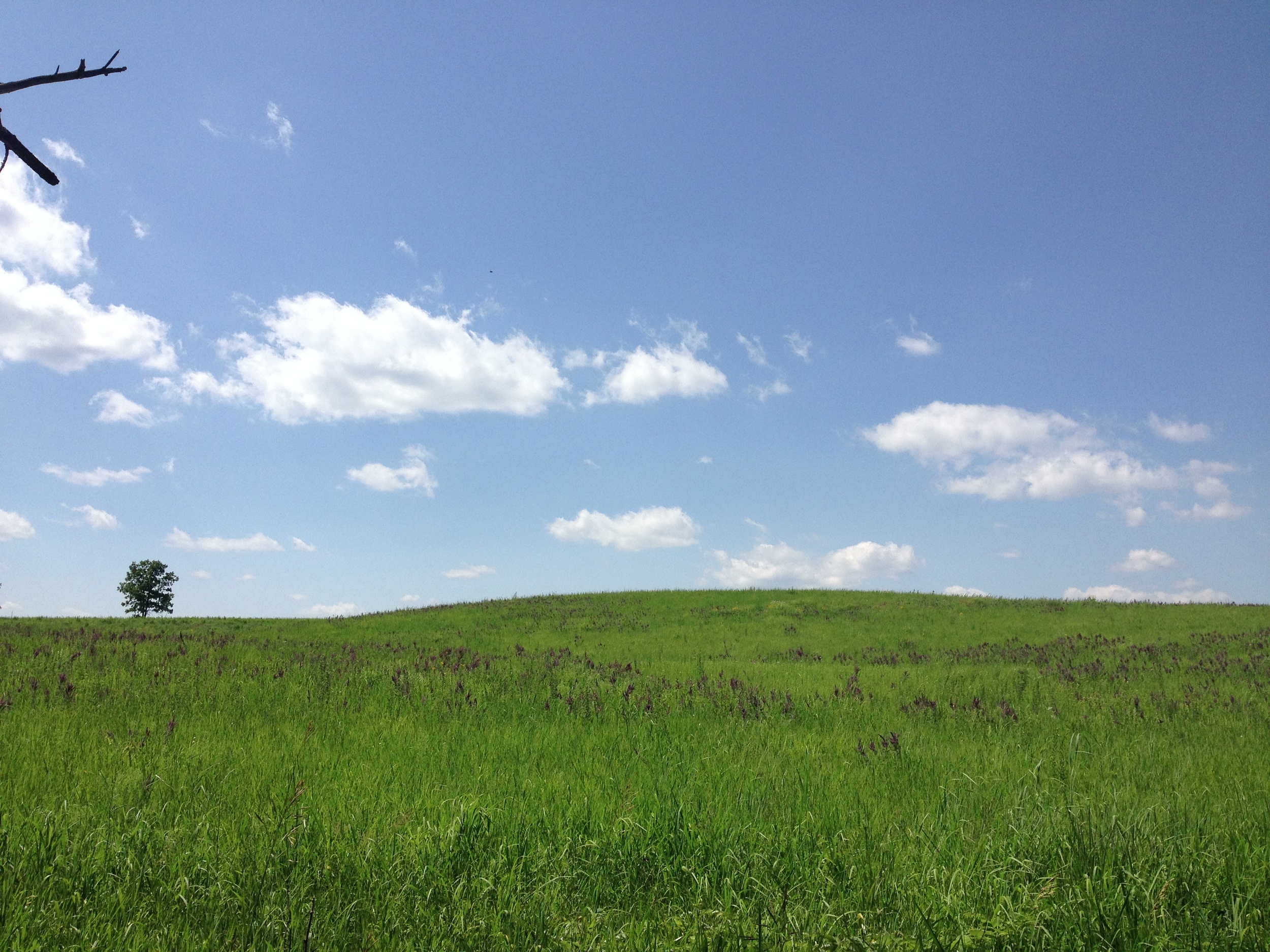The Pierre Bottineau House in Elm Creek Park Reserve in Maple Grove
Despite the fact that I spent every Saturday last summer working in Elm Creek Park Reserve, I didn't actually spend that much time exploring the place. The park is as large as many State Parks and offers just about any outdoor activity you can think of from archery, camping, and geocaching in the summer to cross-country skiing, tubing, and skijoring in the winter. My favorite part of the park and the part that makes this highly developed park an urban wilderness is the section and trails around Eastman Nature Center. These hiking/snowshoeing only trails feel deserted even on the busiest days of the summer.
The mushrooms were fantastic!
The Eastman entrance is on the north side of the park (the main entrance is on the south) and the center itself is worth checking out. The trails do a great job of sampling different aspects of Minnesota ecosystems. You'll wind through dense forests, open glades, meandering streams, and wide upland prairies. There are a lot of wetlands along these trails which meant two things for me last summer - I went overboard on mushroom pictures and the mosquitoes were almost prohibitively painful. I did the trails one more time this last fall and they were much more pleasant, if less beautiful. Go in the early summer for woodland wildflowers and late summer for prairie wildflowers. Fall leaves the forests pretty barren, but the prairie grasses are at their peak color and just blaze in the afternoon light. And everything pretty much looks the same in winter.
